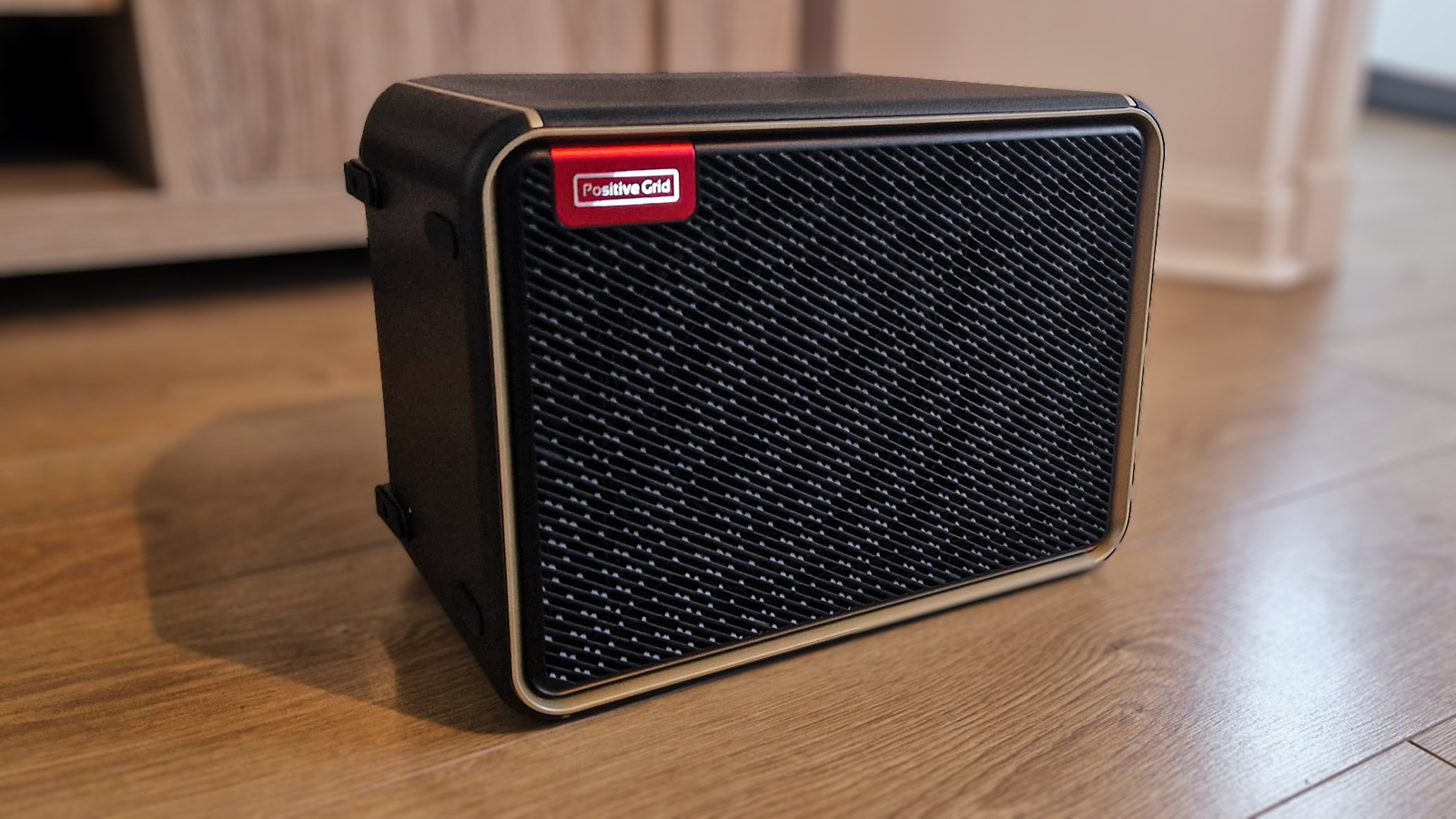Guitar World Verdict
As Positive Grid continues to diversify the Spark range, we’re reminded of just how strong and powerful the software is at the core of each unit. With a wealth of seriously useable amp models, inspiring effects, and clever practice tools, each and every Spark has always delivered on the tone front – and now it's available in a portable package designed especially for busking.
Pros
- +
Lightweight and easy to carry
- +
The stellar sound you’d expect from Positive Grid
- +
Looper functionality included
Cons
- -
The battery pack is an optional extra
- -
Can’t use effects on all channels
You can trust Guitar World
The beloved Spark line of amplifiers has grown exponentially in the last year, with Positive Grid launching everything from the new and improved Spark 2 to the well-received four-channel portable PA that is the Spark Live and even a collaboration with guitar maestro Steve Vai. The Spark Edge is the latest addition to the Spark family, and this portable, battery-powered multi-channel PA/guitar amp follows directly in the footsteps of the aforementioned Live.
Targeted squarely at buskers, street performers, or anyone playing small gigs where space is a premium, this 65W combo allows musicians to plug in guitars as well as microphones for vocals, becoming the heart of their live rig.
As expected, the Edge comes loaded with the same smart features as previous Spark releases, with thousands of tones at the tip of your fingers via the accompanying Spark App. Better yet, you also gain access to the new looper functionality that made its debut on the Spark 2, as well as the clever Spark AI.
Specifications
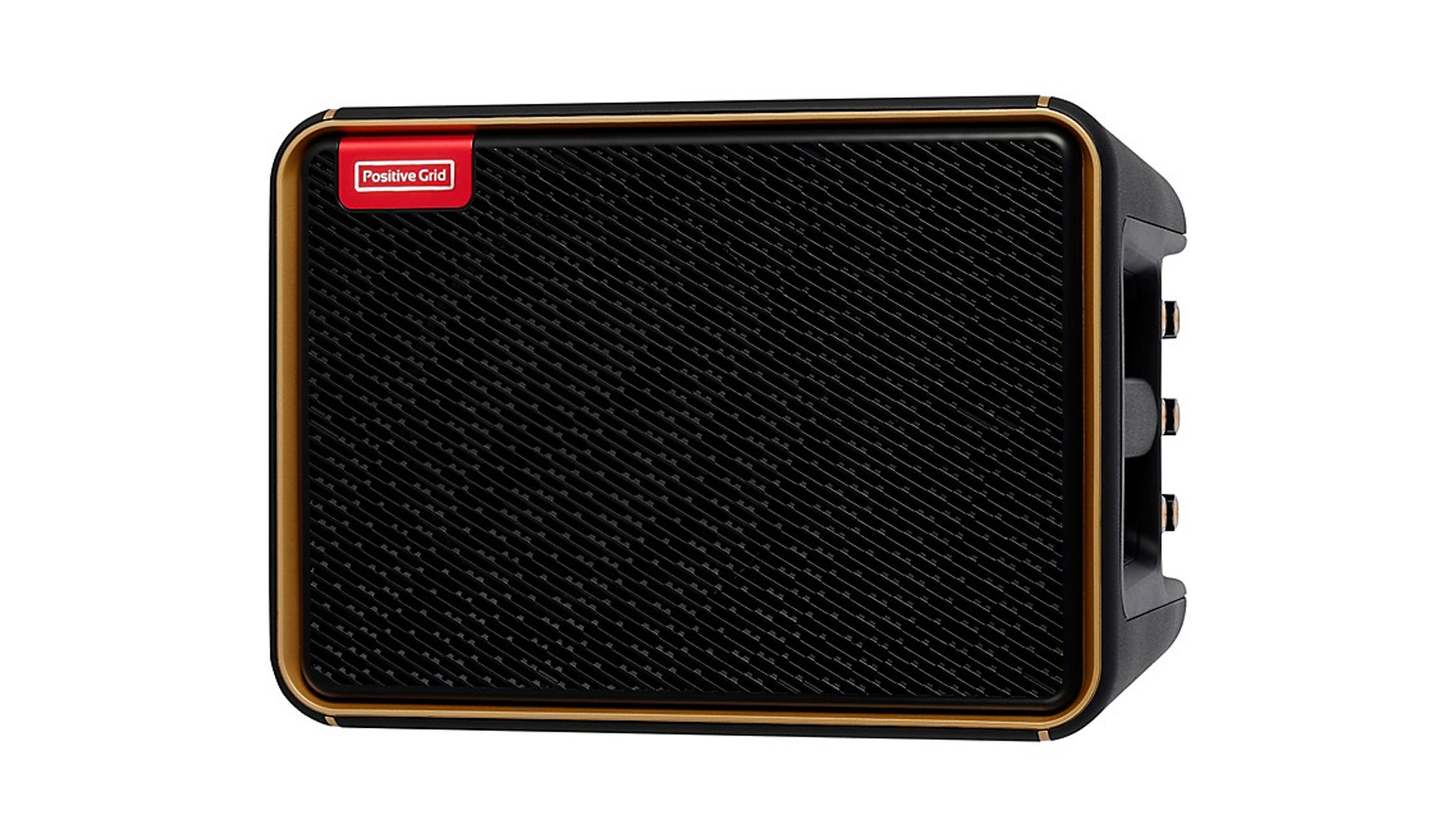
- Price: $449/£399/€489
- Type: 4-channel smart amp and PA system
- Output: 65 watts
- Speakers: 1x 6.5 inch Custom Designed Woofer, 1x 1 inch Custom Designed Horn Tweeter
- Controls: Top panel: ch1 preset, ch2 preset, ch1 volume, ch2 volume, music, master volume
- Rear panel: Master: Low, mid, high, volume. Power, Bluetooth pair
- Onboard effects: Yes
- Sockets: 2x combi XLR 1/4-inch inputs, 2x 1/4-inch inputs, MIDI in, 2x 1/4-inch line outs, 1/8-inch headphone out, USB-C
- Weight: 6.2 kg, 13.66 lb
- Buy at: Positive Grid
Design and functionality
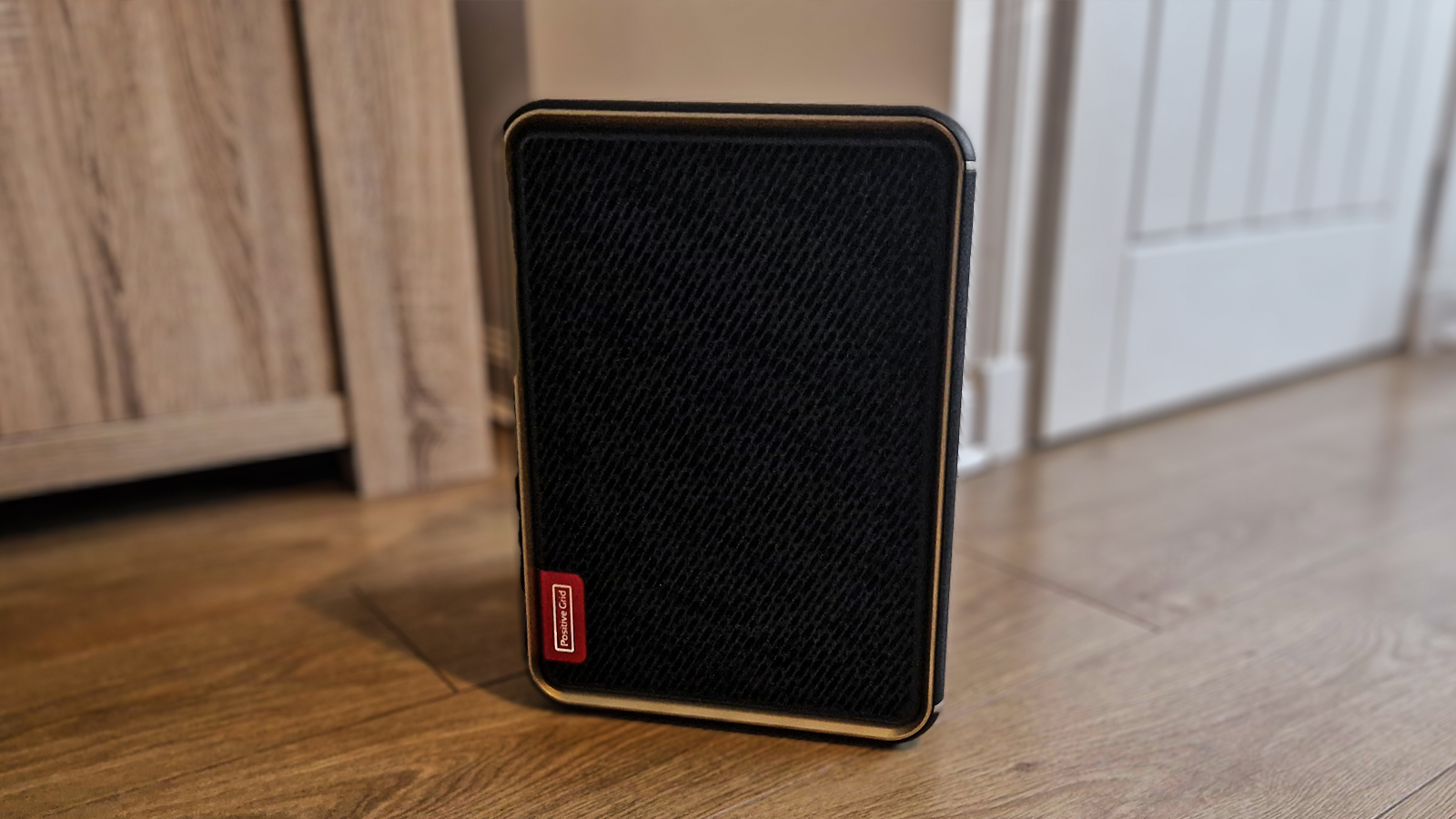
One look at the new Edge, and it’s immediately apparent that it is a spiritual successor to the previously released Live model, which was launched in January 2024. Smaller, sleeker, and arguably more practical for most use cases, this new Spark looks fantastic.
The heavy-duty grill is definitely a departure from Positive Grid’s normal aesthetic, but I fully understand the decision to reinforce the front of the amplifier. This is a unit that is designed to be taken anywhere and everywhere, and this metal front looks like it could take quite a beating. In fact, the whole design of the Edge puts me in mind of the newly rebranded Boss Street Cube 2, which is sure to be this unit's most direct competitor.

The Edge is marketed as an amp for buskers and performers on the go, but you need to pay extra to unlock the unit's full potential
Now, if you are familiar with all-in-one PA systems, you’ll feel at home with the Edge’s control layout – well, even if you’re not, you’ll still find it simple to navigate. The dials are very well-labeled and very intuitive to operate. The top panel houses the volume controls for each channel as well as a dial to adjust the level of your Bluetooth-streamed music. It’s also where you’ll find your preset controls for channels one and two. It’s here you can switch between your saved amp models and effects.
Turning the amp over, you’ll find a myriad of input and output options, from XLR inputs for microphones and line outs that can be sent directly to the house PA for larger gigs.
There is also an option to power the device from an optional battery. Now, I genuinely think this is a rare misstep for Positive Grid. The Edge is marketed as an amp for buskers and performers on the go, but you need to pay extra to unlock the unit's full potential. Okay, at 65W, it was never going to run on AA batteries like the 10W Street Cube, but Positive Grid’s battery pack should come with the amp as standard, in my opinion.
Sound and performance
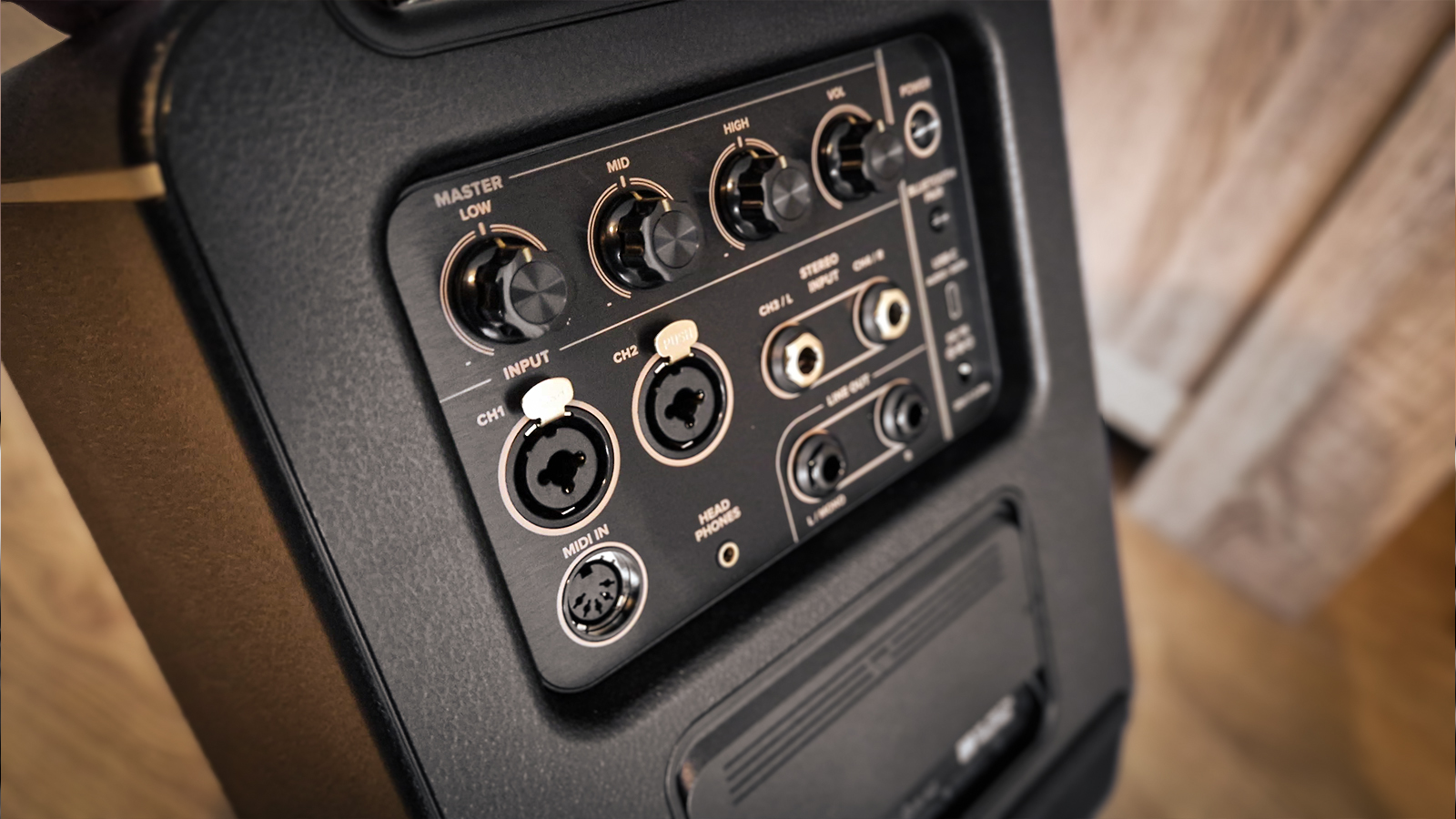
The clean amps are clear and bright with some serious headroom, while the dirtier models range from bluesy breakup to face-melting gain that is sharp enough to take your eye out if you’re not careful
I’ve tested all of Positive Grid’s amps to date, so I’ve become very accustomed to the sound of the Spark range – in fact, the Spark Mini is still my go-to practice amp at home. Each Spark amp has a distinct top-end clarity and an almost HD sheen to the sound, which is very much present in the new Edge model.
Starting off with my trusty Gibson ES-335, I plug directly into channel one and dive into the onboard presets. Scrolling through the amp models and effects, it feels and sounds precisely like other Spark models. Now, this isn’t a bad thing – that’s exactly what I want from a unit bearing the Spark name. The clean amps are clear and bright with some serious headroom, while the dirtier models range from bluesy breakup to face-melting gain that is sharp enough to take your eye out if you’re not careful.
Of course, as you’d expect, the model is fully operational from the companion Spark App. I’m not going to go into too much detail about the app here as it’s exactly the same as the app used to control previous units, and I’ve covered it in detail in my other reviews.
Okay, it could be argued that no one would be buying the Spark Edge purely to use it as an electric guitar amp – that’s what the Spark 2 is for. So, turning my attention to the Edge’s other channels, I dig out my old Shure SM58, my beloved Gibson J-45, and hope my neighbors can’t hear my singing too loudly.
This is most definitely where the Edge shines. Adding a touch of reverb to my acoustic guitar and adjusting the EQ to remove the boominess of a dreadnought-style guitar, as well as adding a little top-end sparkle to the vocals, results in a pretty balanced sound overall. There is pretty good definition between the instruments, too. Thankfully, I found it fairly easy to counterbalance the bold tone of the acoustic guitar against my softer vocal delivery. Something that I also saw in its big brother, the Spark Live.
At 65W, the Edge is a fairly punchy amp, and it certainly fills the room. I don’t think it will be suitable for medium or large gigs – unless you use the lineout on the rear into a larger PA – but it has more than enough power for small, more intimate shows or busking in the street.
Final verdict
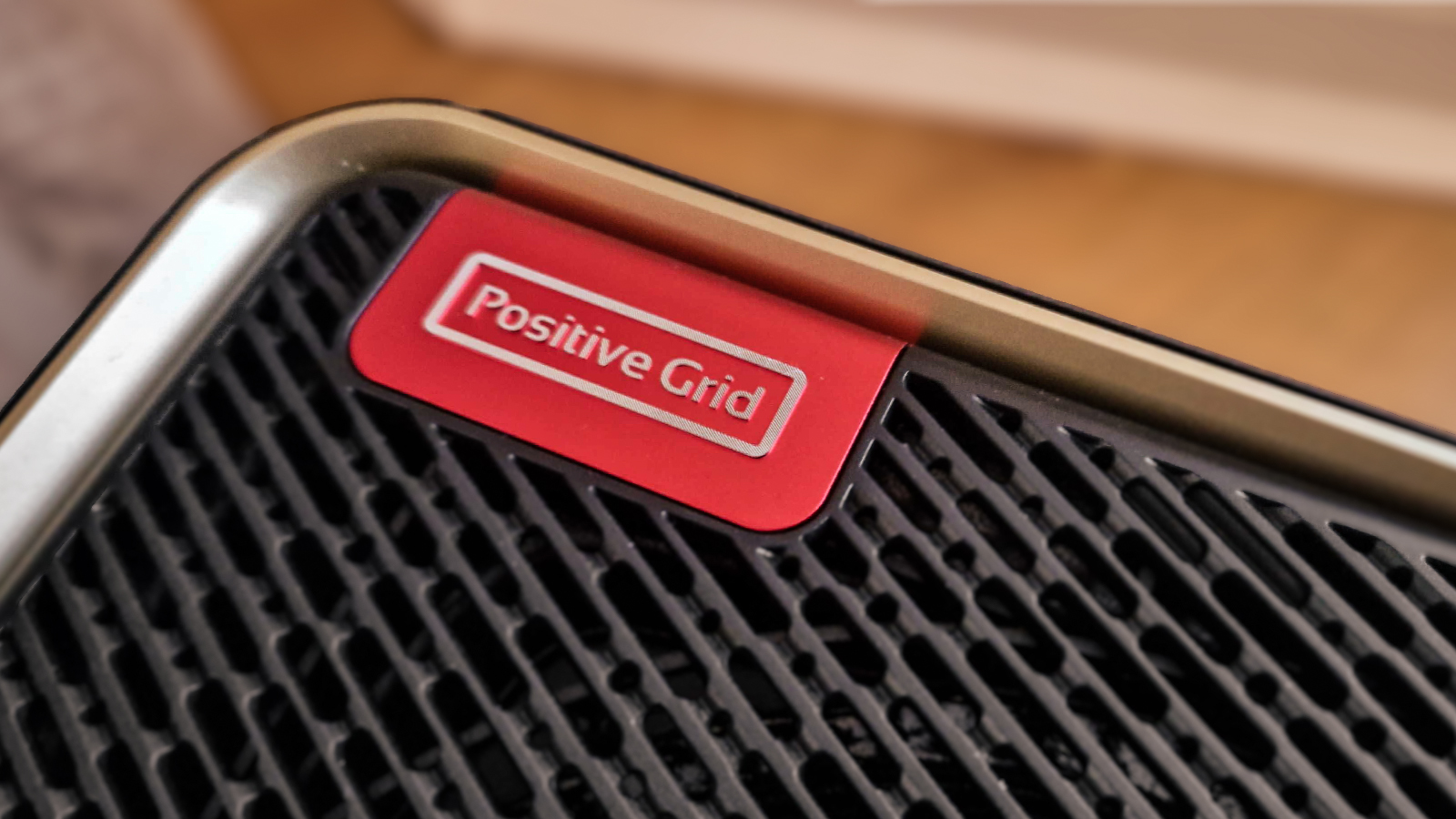
As Positive Grid continues to diversify the Spark range, we’re reminded of just how strong and powerful the software is at the core of each unit. With a wealth of seriously useable amp models, inspiring effects, and clever practice tools, each and every Spark has always delivered on the tone front – and now it's available in a portable package designed especially for busking.
It’s fair to say that the main competitor to the Edge is the Boss Street Cube II, and while each amp shares a considerable amount of similarities, I can’t help but think Positive Grid’s newest amp has just snatched the crown from Boss, becoming the very best portable busking amp on the market right now.
The new Spark Edge grants you access to serious guitar tones, crystal-clear vocals, and bags of volume, all in a lightweight, portable package – what more do you need?
Hands-on demos
Positive Grid
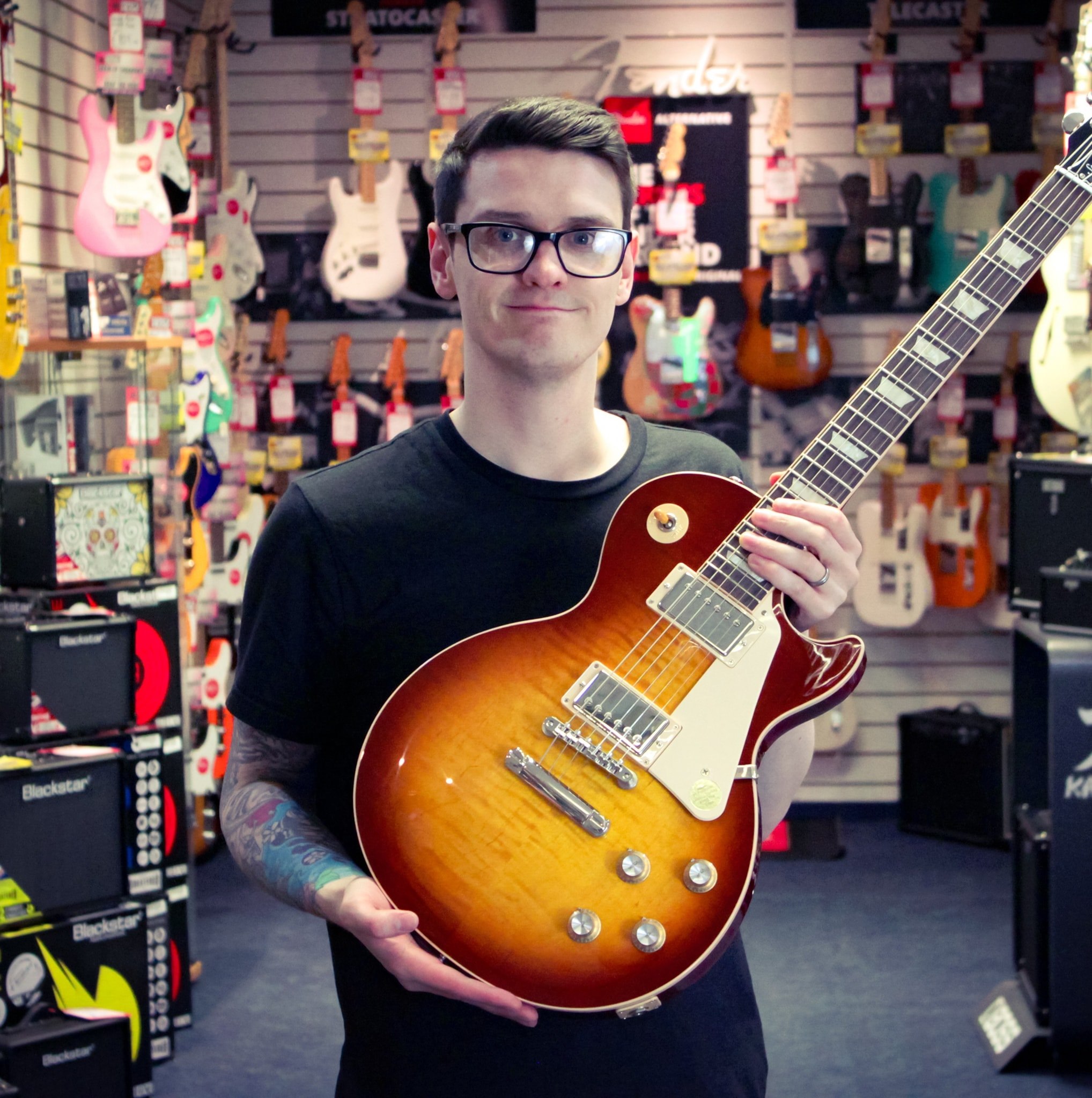
Daryl is a Senior Deals Writer at Guitar World, where he creates and maintains our 200+ buyer's guides, finds the best deals on guitar products, and tests the latest gear. His reviews have been featured in prominent publications like Total Guitar, Future Music magazine, and MusicRadar.com.
During his career, he has been lucky enough to talk to many of his musical heroes, having interviewed Slash and members of Sum 41, Foo Fighters, The Offspring, Feeder, Thrice, and more. In a past life, Daryl worked in music retail. For a little under a decade, he advised everyone from absolute beginners to seasoned pros on the right gear for their needs.
Daryl is also a fully qualified sound engineer, holding a first-class Bachelor's degree in Creative Sound Production from the University of Abertay.
“I met Joe when he was 12. He picked up a vintage guitar in one store and they told him to leave. But someone said, ‘This guy called Norm will let you play his stuff’”: The unlikely rise of Norman’s Rare Guitars and the birth of the vintage guitar market
“This would make for the perfect first guitar for any style of player whether they’re trying to imitate John Mayer or John Petrucci”: Mooer MSC10 Pro review
Stevie Ray Vaughan, Simple Minds, Megadeth, the Cult and the class of 1985 – only in the new Guitar World
